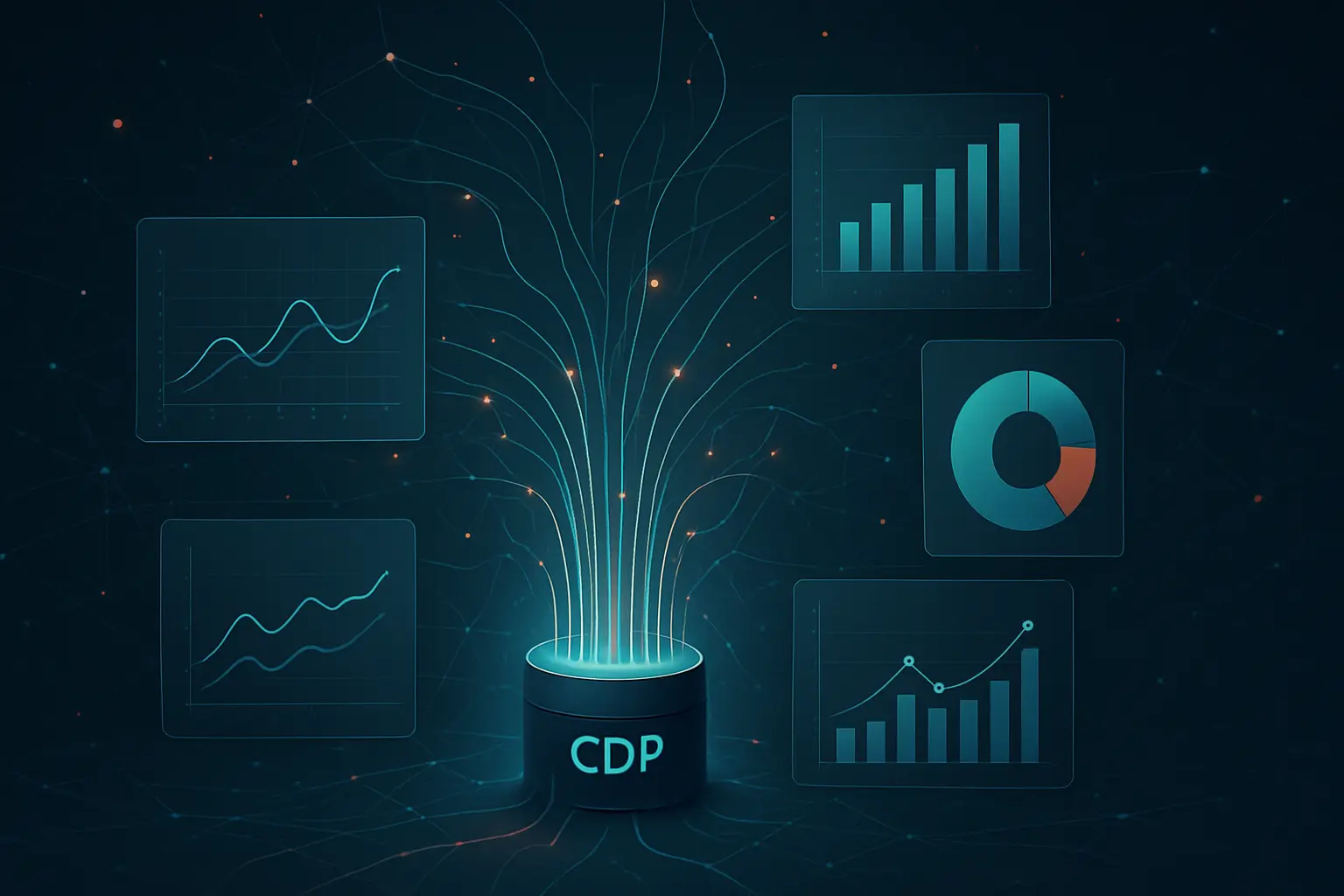Using chatbots, do you really understand your customer journey? It's now clear that chatbots are not just passing ships in the night.
Over 2.5 billion people worldwide use messaging platforms like WhatsApp, Facebook Messenger, or Telegram, all of which are chatbot-centric.
Twitter, for example, introduced a bot-like feature within its Direct Messaging service to enable brands to interact more frequently with customers.
Thus, bots are here to stay, but the question that businesses must address today is – how to use them intelligently in customer-facing roles.
Those chatbots are not just a fad, as underlined once again by the findings of a recent survey by a well-known chatbot building company, Ubisend, which showed that of the 2,000 British consumers interviewed, 35% wanted more businesses to adopt chatbots to answer their questions.
Enterprises are starting to realize that chatbots, or to put it in a more precise manner, virtual customer assistants, can play a crucial role in understanding customer intent and journey, which then becomes a stepping stone to providing effective solutions for customer queries, ultimately leading to total customer satisfaction.
After all, we find customers increasingly being at the center stage of businesses, and a satisfied customer is a happy customer.
Like in our daily lives, we try to understand humans by engaging them in a conversation; chatbots do the same, but in a more evolved manner, largely using Natural Language Processing (NLP).
Indeed, some of the world's Fortune 500 companies that have deployed chatbots have realized just how effective they can be in resolving customers' needs; sometimes even surpassing the performance of humans.
Offering an evolved brand experience throughout the customer's journey helps brands in customer retention.
At its F8 developers conference, Kemal El Moujahid, Product Manager for Facebook Messenger, revealed that messaging with businesses was on the rise, with over 2 billion messages sent between people and businesses every month.
Customers contact companies for a variety of reasons. These could range from a query about a product to a response required on a faulty one.
At least 68% of those quizzed in the Ubisend survey said the one thing most important to them while communicating with a company was 'reaching the desired outcome', closely followed by 'ease of experience' (49%) and 'speed' (44%).
Being able to contact a brand at the time most convenient to them is also important to 39% of UK consumers.
If you were to look at the above more closely, getting an instant reply to their queries is what UK consumers, like their global counterparts, want the most.
An overwhelming number of survey respondents themselves said getting an immediate reply was their main motivation in engaging with a chatbot before moving on to a human being.
Just look at the keywords here – customer questions, instant reply, customer satisfaction.
Remember, a customer is not really bothered by how smart the chatbot is or how it is programmed to access data. What they want is simple – answers, preferably in real-time.
That's where AI comes in. While the customer may not really be concerned with the robustness of the chatbot, a more vigorous AI ecosystem can be programmed into it to help the bot integrate as deeply as possible with all the essential components of an enterprise system to make them "intelligent" as possible.
Intelligent chatbots have three core functions: to interact with customers and understand their needs, to store customer data (since they serve as touchpoints in a customer's journey), and to parse the enterprise's big data for key pieces of information.
Chatbots need to go beyond their current stage of using NLP to understand the customer journey.
Merely analyzing the grammatical structuring of a customer's question and then offering "canned" answers is so basic and so very passé in chatbot technology.
The growth hack here is the integration of AI into the chatbot to help it understand the customer's true intent.
Pre-determined answers can only serve a limited purpose. AI-based virtual assistants must be allowed to use Machine Learning (ML) tech to help them advance over time and handle more and more customer interactions without the need for manual intervention.
Building a model that factors in the relation between input query, features, big data, and even customer sentiment will help virtual agents even anticipate customer intent and throw up relevant suggestions.
Thus, chatbots or virtual assistants can go beyond the role of being mere "non-human call center first respondents."
They can be used for customer targeting by throwing up as precise as possible solutions for individual customers, and help them make the right buying decisions.
Intelligent chatbots can also throw up helpful suggestions while anticipating a customer's next need.
An example would be an AI bot proactively suggesting a foreign travel insurance package for customers booking a holiday package on a portal.
In this post, we've talked about how chatbots are no longer mere playthings or a source of amusement/entertainment and can be used intelligently to improve your business. In the second part of this post, we shall be looking at the use of analytics for chatbots.


